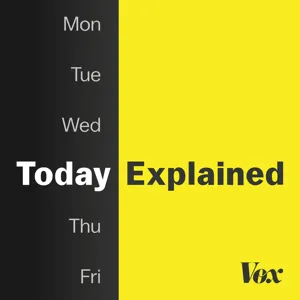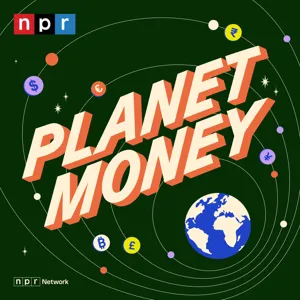Unpacking EPA’s newly proposed power emissions rule

Are you a utility or climate tech startup looking to understand how artificial intelligence will shape your company? Come to our one-day event, Transition-AI: Boston on June 15. Our listeners get a 20% discount with the code PSPODS20.
Last year, the Supreme Court struck down the EPA’s first attempt to limit greenhouse gas emissions from existing power plants. But it also preserved the EPA’s authority to regulate greenhouse gas emissions. The agency just needed to find the right approach. The question for the EPA was: What legal tools would pass the scrutiny of the court?
Last week, Biden’s EPA came out with its answer. The proposed plan requires new and existing power plants to meet emission standards. The agency estimates that the rule would reduce GHG emissions by a total 617 million tons through 2042, a small but meaningful fraction of the total. Right now the U.S. power sector emits about 1.5 billion tons per year.
It’s an approach that dovetails with the Inflation Reduction Act (IRA), which is expected to dramatically reduce the cost of key emissions-reducing technologies, such as carbon capture and storage (CCS) and hydrogen. If the IRA was the Biden administration’s carrot for reducing climate emissions, then the new rule is the stick.
In this episode, Shayle unpacks the proposal with John Larsen, who leads U.S. climate policy research at the Rhodium Group. In March, John’s team modeled the impact of hypothetical power emissions standards on the U.S. power fleet, finding that many coal plants might shut down rather than install CCS.
Shayle and John dig into specifics, like:
The four main options available to power plant operators under the proposed rules: shut down, install carbon capture and storage (CCS), co-fire with hydrogen, or just run less
The differences in rules for new and existing plants
How the standards become more stringent with higher capacity factors
The role of states in the rules and the “off-ramps” they could use to get around some of the rules
The power plants that would be exempt from the rules, such as gas peaker plants with low capacity factors
What the changing economics of CCS and hydrogen could mean for the effect of the regulations
The legal gauntlet that the plan is sure to face, including lawsuits from Republican states
Recommended Resources:
Rhodium Group: Pathways to Paris: Post-IRA Policy Action to Drive US Decarbonization
Rhodium Group: Has the Supreme Court Blocked the Path to the 2030 Climate Target?
Heatmap: What the EPA Can’t Say About Its New Power Plant Rules
Canary: The EPA has a controversial new plan to clean up power plants
Catalyst is a co-production of Post Script Media and Canary Media.
Support for Catalyst comes from Climate Positive, a podcast by HASI, that features candid conversations with the leaders, innovators, and changemakers who are at the forefront of the transition to a sustainable economy. Listen and subscribe wherever you get your podcasts.
Catalyst is supported by Scale Microgrids, the distributed energy company dedicated to transforming the way modern energy infrastructure is designed, constructed, and financed. Distributed generation can be complex. Scale makes it easy. Learn more: scalemicrogrids.com.

